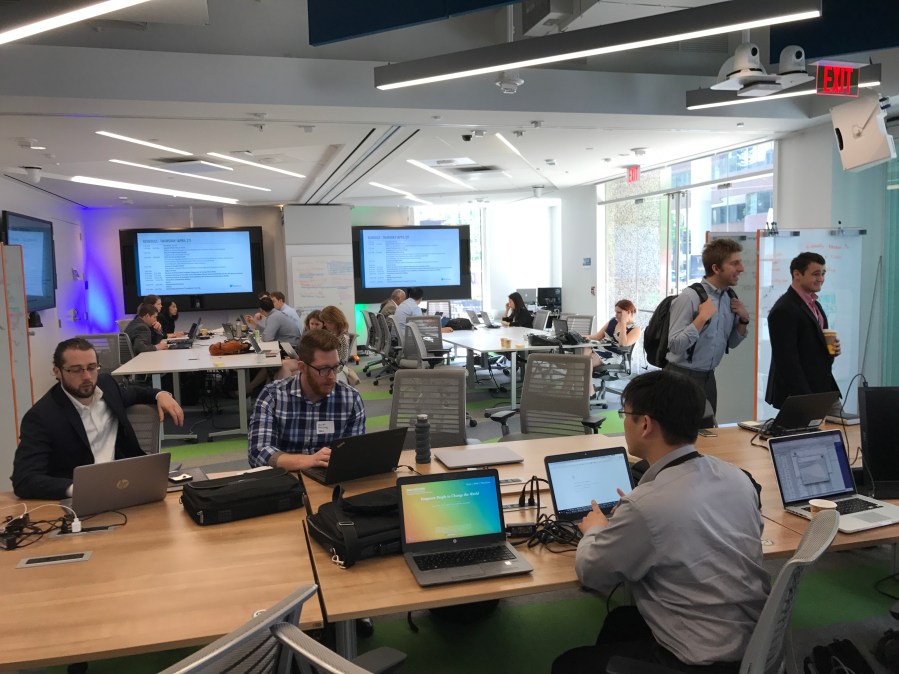DATA Act deadline is looming, but don’t expect ‘perfection,’ officials say

The first deadline for the DATA Act, which requires all agencies to report spending in a standardized way, is on May 9. But that marker, officials say, is only the beginning.
“May 9 is not the end. I fully expect that our inspectors general and [Government Accountability Office] will tell us there are massive problems. I’m prepared for that, I’m ready for that. … Major transformation can be slow, and if we expect perfection right out of the gate it will be disheartening,” said Katy Rother, counsel for the House Committee on Oversight and Government Reform.
Indeed, the GAO issued a report this week that said 26 federal inspectors general reported their agencies were experiencing challenges with implementing the DATA Act. Nine of those, though, said they still expected their agencies to meet the requirements of the DATA Act, according to the GAO.
The most commonly cited issue — by 14 IGs — was systems integration, according to the GAO.
Earlier in the event Thursday at Booz Allen Hamilton’s Innovation Center in Washington, D.C., a Treasury Department official addressed the report.
“The report is done at a point in time, so there are a lot of things that could have happened after the audit,” said Christina Ho, deputy assistant secretary for accounting policy and financial transparency. “So maybe at the time there have been challenges, but agencies might have done a lot after that to overcome that. For me I think it will only take a few days for us to see whether we are going to get all the data or not.”
Rother fretted that often members of Congress will see a negative report and then “they’ll say, ‘Ah, that didn’t work. We’ll move on to the next thing.'”
“I think we’re in a good place right now that that’s not going to happen,” she added, but cautioned against pretending “that everything’s perfect right now,” when it will not be.
“It’s just too much to expect within two years,” she said. “And it’s a long-term effort to get this right.”
Ho said that publishing under the DATA Act is just the beginning. In part of the work to get to this point, her team created the DATA Act Information Model Schema — the set of governmentwide data standards for agencies to follow when publishing spending data.
And that standard could be extended to state and other countries’ governments, Ho said.
“We’re taking the first step to tell people how much we’ve been spending, on what, but ultimately, the question is going to be: what did we get out of it? And the performance information … all of that data is outside of the federal government. So that’s why we want the DAIMS to be extended to states and even other countries because we give out foreign aid, to eventually linking the outcome of these activities, so we can tell a holistic story about what the performance of the government is,” she said.
Preliminary results rolling in
The DATA act is delivering some results already: In advance of the deadline, a group of techies is already working on hacking the available preliminary data.
Data from around 30 agencies was available on Thursday to 50 hackathon participants at the Innovation Center who planned to work on creating products with it until Friday afternoon.
“From the perspective of the administration, it’s difficult to exaggerate how excited we are for what the DATA Act represents, in terms of the opportunity to transform government services,” said Matt Lira, special assistant to the president for innovation policy and initiatives, on Thursday. “So we can’t wait to see what this hackathon presents, the kind of case studies that it generates.”
Ho imagined possible ways to use the data, such as in tracking job creation through federal loan information.
“Now we can take all the loans information for a specific agency or at the government-wide level, and looking at that geographically and then linking that to unemployment data. It gives us more insight into the effectiveness of these policies and these tools,” Ho said.






